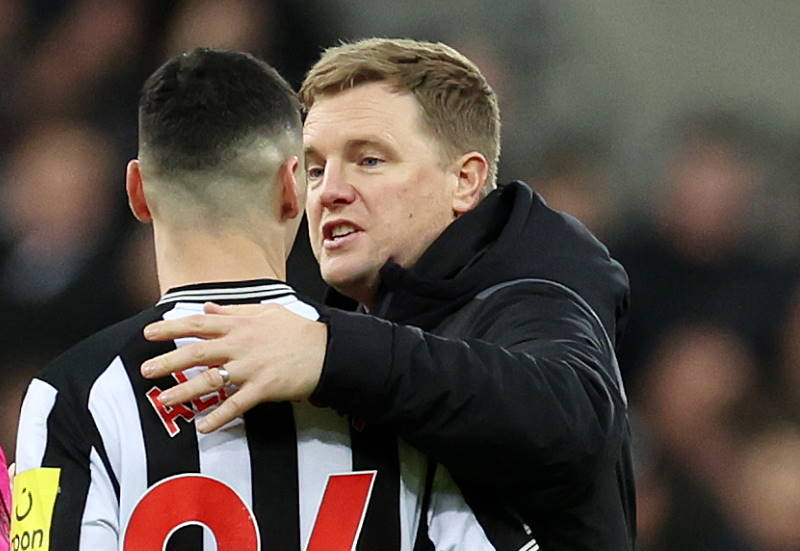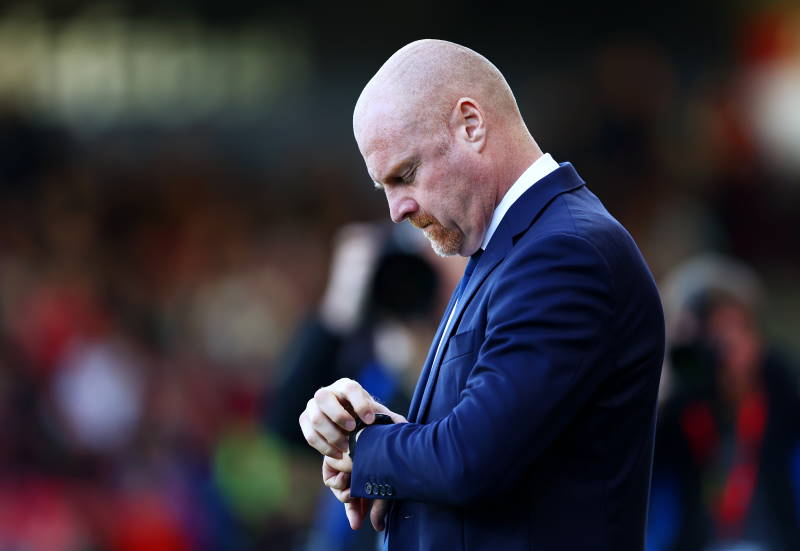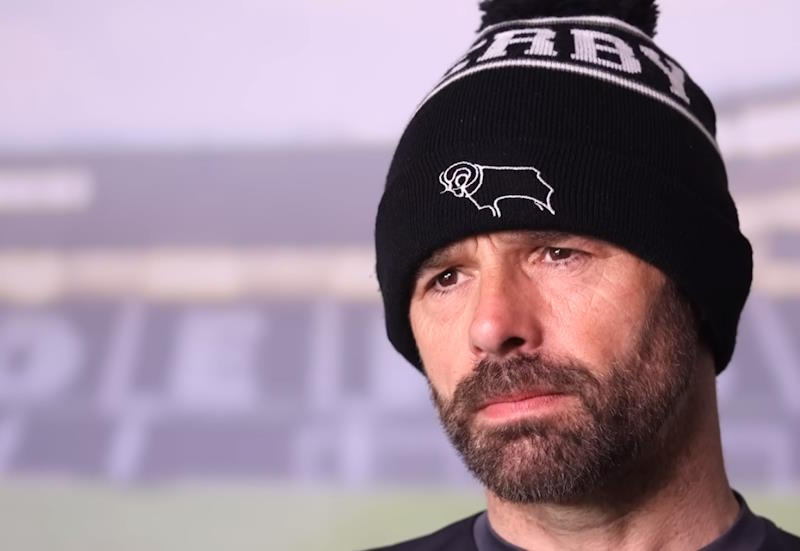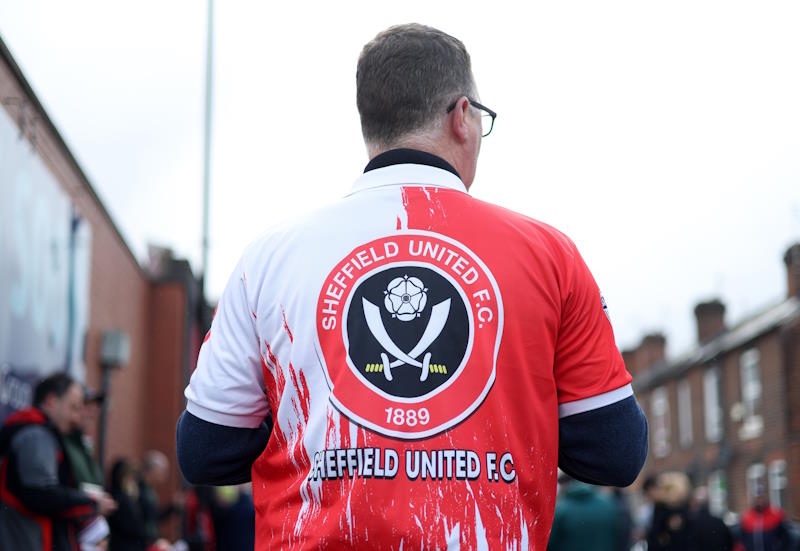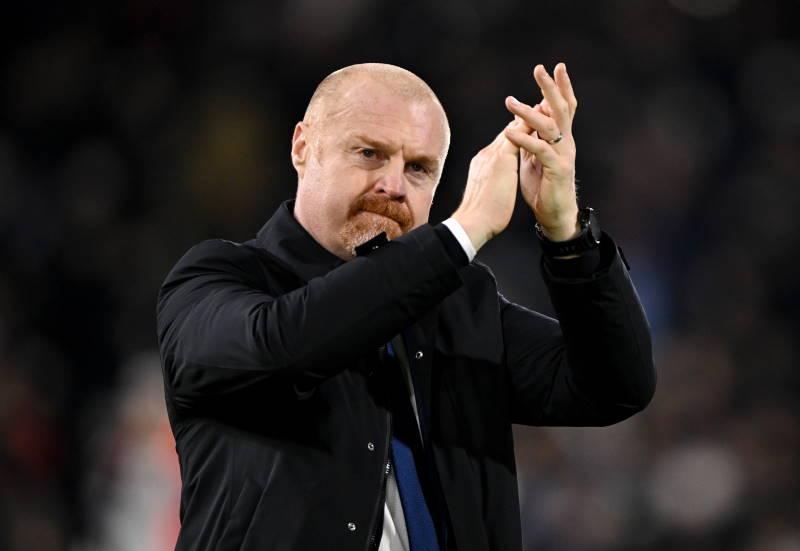
John Welsh
Amid the hostile words emanating via social networking sites at English Premier League side Newcastle United, there is growing discontent amongst fans of the North East club over the lack of big name signings during the summer. Across the Tyne Bridge at Gateshead however, nine new arrivals have brought cautious optimism for the new season.
Gateshead FC, or the ‘Heed’ as they are locally known, are a club focused on progressing their way through the football pyramid. After two seasons consolidating their status in the Blue Square Conference Premier League – England’s fifth tier – the North East club are now targeting the playoffs and possibly promotion to Football League Two.
In 1960 Gateshead were members of the Football League and had been since 1930. Finishing 22nd in 1960 however, the Heed were forced to apply for re-election and were dismayed when they were unsuccessful. At the time, their North East location and associated travelling times for fellow lower league teams was cited as a reason for Gateshead’s demise. For supporters it was a bitter pill to swallow, especially local lad Graham Wood.
Following the team’s demotion to the non-leagues, Gateshead endured mixed fortunes. They reformed twice in the 1970s after liquidation and by 1977 were starting show signs of a revival. After that, the Heed enjoyed varying degrees of success at Conference and Northern Premier League level.
In the early millennium years their existence was once again in doubt when Cameron Hall Developments refused to renew a long time sponsorship deal. But every cloud has a silver lining and soon a new benefactor emerged.
Wood, a boilermaker by trade, had by this time left Gateshead to make his fortune in the steel construction industry. Although the "local lad made good" clocked up a spell as vice-chairman at Sunderland under then-owner Bob Murray, he vowed to return to Gateshead upon his retirement and resurrect his home town club.
After becoming chairman five years ago, Wood appointed Ian Bogie as manager in 2007 and thereafter the good times returned to the Heed.
Bogie had been a team-mate of legendary England midfielder Paul Gascoigne in Newcastle’s successful youth team in the 1980s and made an immediate impact in his new role. A series of promotions were duly achieved, culminating in a return to the Conference in 2009.
Gateshead’s first season was intended to be one of consolidation, but the new boys came close to being relegated and safety was not assured until the final game of the season.
For the 2010/11 season, the decision was taken to assume full-time status. Relying heavily on the loan system, Gateshead finished a respectable 14th in the league, but there was disappointment at what might have been achieved.
In the FA Trophy the Heed reached the semi-finals and were drawn against North East rivals Darlington. In the away leg, Gateshead cruised into a 2-0 lead, but somehow managed to lose the match 3-2. In front of over 5,000 spectators at the International Stadium, a goalless draw prevailed, and Gateshead were out. Winning only two of their remaining games, the team slumped from a prominent top ten position to finish mid-table.
As the 2011/12 campaign rolls into town, Gateshead’s aims are much higher. While recognising that the club are likely to continually live in Newcastle’s shadow, they are ambitious. The Heed’s aim of gradual progression has been achieved each season under the Wood/Bogie partnership, while an influx of new players has reinforced the belief that a playoff position is achievable.
But there are other plans afoot to take the club forward. Gateshead have played at the International Stadium for years, although the ground is by rights an athletics venue. And this is dampening crowds, with the club struggling to attract more than 600 spectators at a time. It is little surprise therefore that a planning application is imminent for a 7,000 capacity purpose built stadium (pictured) in a prime town centre site.
When asked about the proposed new stadium Club Secretary Mike Coulson said:” The problem with the International Stadium is that it is not atmospheric. For most matches only the side is opened. We need a ground where all sides are open and closer to the pitch”. On the new ground he added: ”On one side there will be three floors of office space for which we are seeking tenants. The build time will be 46 weeks, and so we envisage staying at the current stadium for two more seasons”.
There were initial objections to the stadium development from townspeople citing increased car parking problems, but local sponsors Gateshead Council have come to the rescue, breaking this deadlock by allowing use of their civic centre on match days.
A more professional approach to training is also being adopted. Training sessions have moved from a rutted grassy pitch outside the stadium to more modern facilities at nearby Newbottle. For the use of the stadium gymnasium and other council facilities, the club have returned the favour by establishing strong links with the local community.
Promotion might just be beyond Gateshead this season, but in the 2012/13 campaign it may well be a realistic target. And securing Football League status to coincide with the new stadium move would be an impressive achievement.
That would certainly eradicate the pain of 1960 for Graham Wood.

